Home / Business & Management / HR / Occupational Health in Developing Countries / Examples of Occupational Diseases and Occupations at Risk
This article is from the free online
Occupational Health in Developing Countries


Reach your personal and professional goals
Unlock access to hundreds of expert online courses and degrees from top universities and educators to gain accredited qualifications and professional CV-building certificates.
Join over 18 million learners to launch, switch or build upon your career, all at your own pace, across a wide range of topic areas.

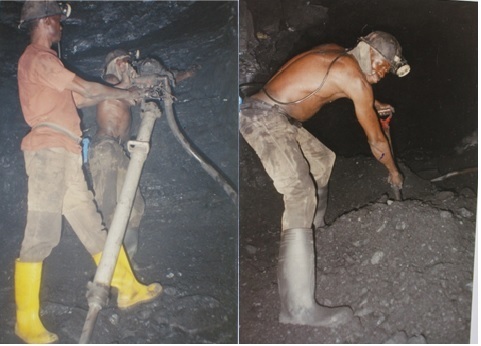 The largest quantities of airborne dust in mining are produced by blasting operations and mechanical mining systems. Mechanical operations that produce airborne dust include drilling, scraping, barring, lashing, tipping and loading.©Simon Henry David Mamuya
The largest quantities of airborne dust in mining are produced by blasting operations and mechanical mining systems. Mechanical operations that produce airborne dust include drilling, scraping, barring, lashing, tipping and loading.©Simon Henry David Mamuya All workers at a mine are potentially at risk from exposure to airborne respirable dust. This includes both underground and surface workers. © Christophe Meneboeuf, via Wikimedia Commons
All workers at a mine are potentially at risk from exposure to airborne respirable dust. This includes both underground and surface workers. © Christophe Meneboeuf, via Wikimedia Commons 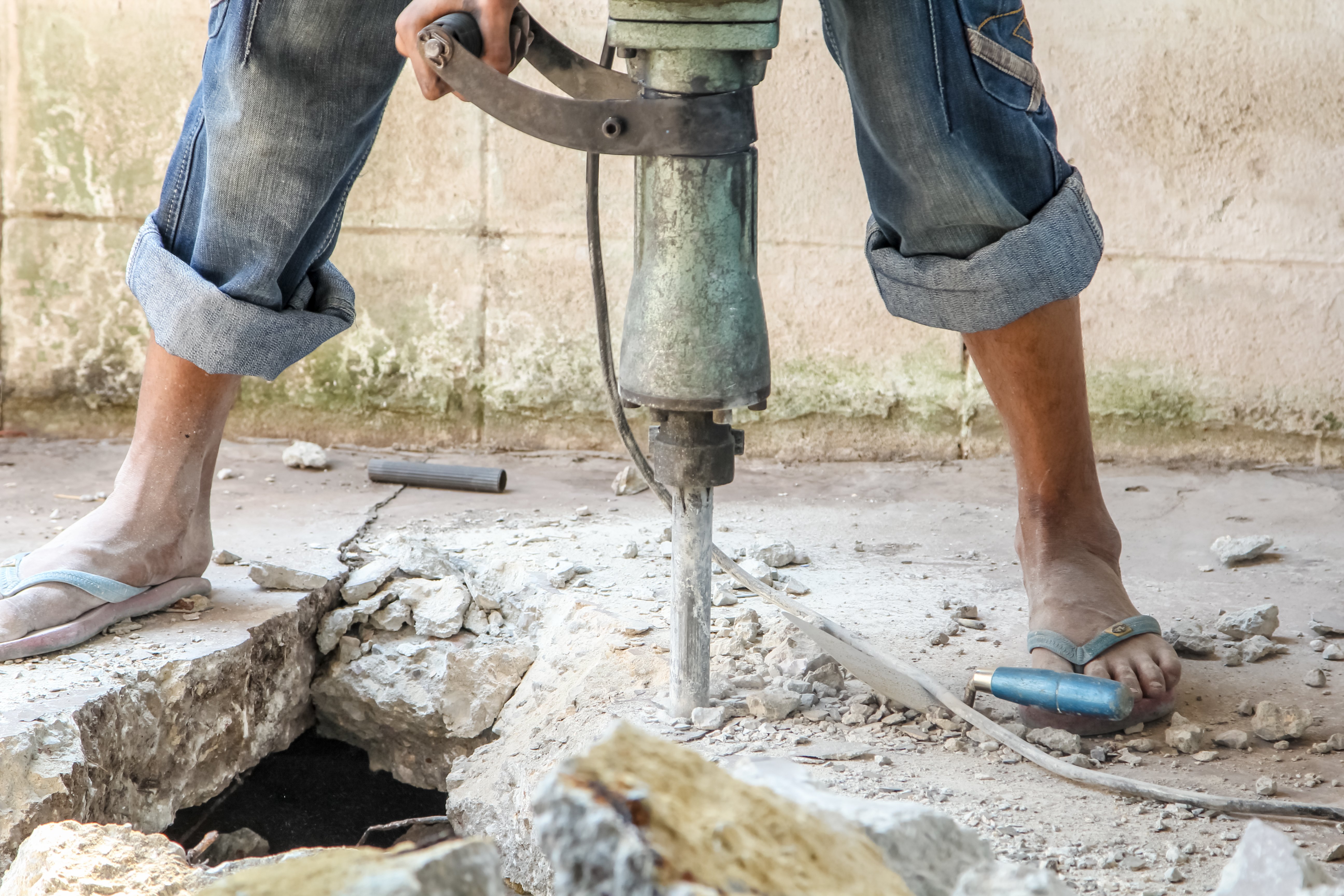 Workers using pneumatic hammer drills can develop conditions including hand-arm vibration syndrome, carpal tunnel syndrome, as well as low back pain and arthrosis. While these are all work-related, not all of them may be recognized as occupational diseases.© Colourbox
Workers using pneumatic hammer drills can develop conditions including hand-arm vibration syndrome, carpal tunnel syndrome, as well as low back pain and arthrosis. While these are all work-related, not all of them may be recognized as occupational diseases.© Colourbox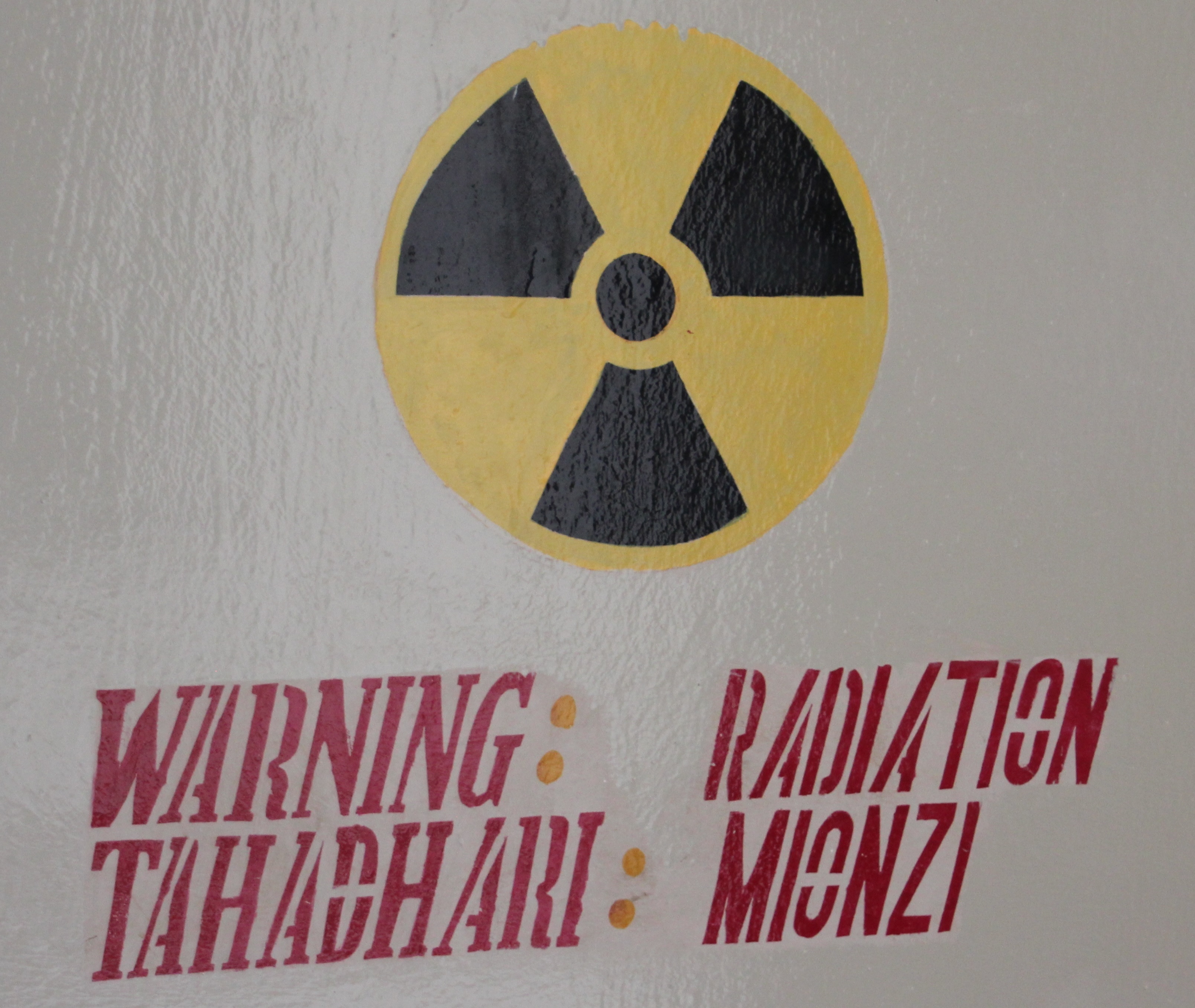 Cumulative X-ray doses to the lenses of interventional cardiologists and associated staff can be high, and there is an urgent need to educate these professionals in radiation protection to reduce the likelihood of them developing cataracts.
Cumulative X-ray doses to the lenses of interventional cardiologists and associated staff can be high, and there is an urgent need to educate these professionals in radiation protection to reduce the likelihood of them developing cataracts.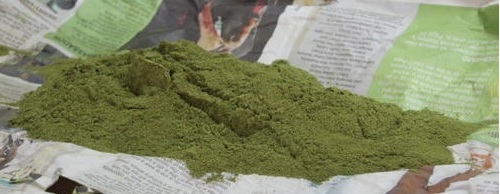 Henna used as hair dye is sometimes mixed with extremely allergy-provoking components such as the synthetic colour para-phenylenediamine (PPD). Many countries, both developing and developed, have poorly defined regulations regarding cosmetic ingredient labeling.
Henna used as hair dye is sometimes mixed with extremely allergy-provoking components such as the synthetic colour para-phenylenediamine (PPD). Many countries, both developing and developed, have poorly defined regulations regarding cosmetic ingredient labeling.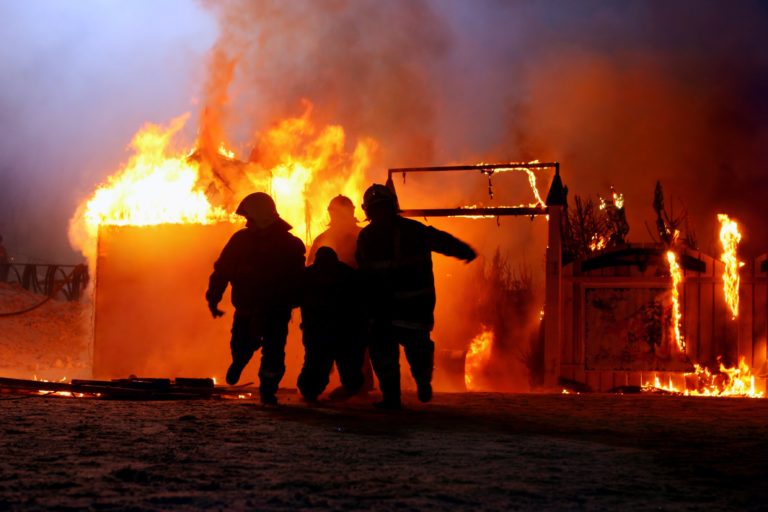 Fire fighters often experience or witness life-threatening events.© Colourbox
Fire fighters often experience or witness life-threatening events.© Colourbox


